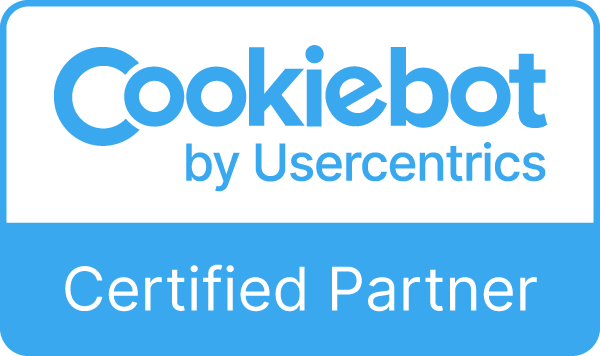Why WordPress
There are many reasons why WordPress is the most popular website platform across the world. First, it provides a stable backbone while offering limitless ways to customize a website. Next, the intuitive interface makes it easy for creators to add and update content. Lastly, the WordPress framework is easily understood and crawled by search engines, giving you an edge when building SEO. What’s not to love? Be prepared to be dazzled as we build a beautiful and functional website together.
Sites Built for Business
A great website is more than its design. Translating your brand voice and business goals is the first step. With decades of experience, we approach WordPress design with these goals in mind:
- Create an attractive site that is technically stable and secure
- Support your business goals with user design best practices such as clear navigation and calls to action
- Set you up for long-term success, whether it’s through maintenance, training, and upgrades.
Our agency is built on transparency and integrity. When you partner with us, it means you retain control of your website, domain credentials, and any collected data. Together, we’ll create a site that will serve you for years to come.
Testimonials
Frequently Asked
Questions
How can a WordPress website be beneficial to my business?
First, WordPress is the most popular website content management system (CMS) used by both B2C and B2B businesses. To create a website, no coding knowledge is required. The WordPress interface is intuitive and has excellent tutorials and documentation. Due to WordPress’ popularity, it’s easy to find design and development support.
Additionally, search engines, like Google and Bing, are very familiar with WordPress’ structure, which aids in making your site visibility in organic search (SEO). WordPress also provides plugins — add-ons that enable additional functionality — making it easy to create an attractive website to attract and convert potential customers.
Why is WordPress a better option than other CMS?
So far, 810 million websites worldwide are powered by WordPress. These include TechCrunch, CNN, National Football League, UPS, and more. With its highly scalable design, WordPress is a robust and flexible choice for individuals and Fortune 500 companies.
Our clients choose WordPress because they achieve an attractive, optimized, and secure site with reasonable maintenance requirements.
Who owns the data, accounts, and access to my WordPress website?
We believe you should own your WordPress account, its data, and those who can access the website. Our philosophy applies to any and all accounts for managing your website, online advertising, social media, or other online presence. As your digital marketing partner, you’ll grant us access. All the work that we do on your behalf belongs to you. It doesn’t get any more transparent than that.
Can I move my website to WordPress?
Yes, you can migrate a website to WordPress. WordPress is a popular platform that offers many flexible and customization options. However, the conversion process can be tricky depending on your current website’s technology, especially if you have custom code or complex functionality. Before starting any migration, we highly recommend creating backup files to avoid data loss. We frequently create and convert websites to WordPress, and welcome the opportunity to assist you.

What’s your biggest marketing challenge right now?
Get real-world consulting without a high-pressure sales pitch.











